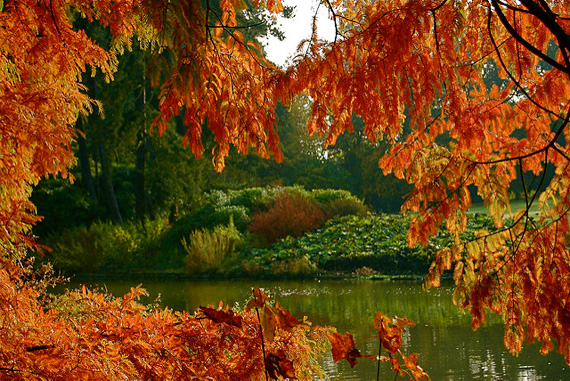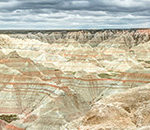Just to be clear, for this article we are not talking about the frame the print goes into, but “framing” your subject with something in the environment. The frame is a part of the scene, so it tells a bigger story and places your subject in context. It also suggests things about the image.

Photo by Björn Bechstein; ISO 100, f/2.0, 1/2000-second exposure.
Simple framing elements are doorways or windows. These create a portal that takes the viewer into the world beyond, a suggestion of something being possible.

Photo by Vincent Brassinne; ISO 400, f/5.6, 1/125-second exposure.
By being dark, a frame adds drama–possibly danger or suspense–to your image. If the frame is bright beyond your subject, it lends a heavenly, divine sense to the subject.

Photo by Spiros Vathis; ISO 400, f/11.0, 1/640-second exposure.
The lighter the frame, the more delicate and happy the image will feel. It creates a desire in the viewer to go through the frame and join them to be part of the joy. You create the emotional trick of the viewer joining the joy by the desire to go through the frame.

Photo by M R Navin; ISO 100, f/5.0, 1/1250-second exposure.
The frame can be in front of or behind your subject, and it does not even need to be complete for it to work as a frame. The mind completes things when it sees the suggestion of the shape. So a subject can be seen through a gap in a row of surfboards or snow skis.
Framing Tricks for Photographers
- Don’t skimp. Pull back so you can see what the frame is.
- Keep it square. Frames usually have a geometric shape, so you have to be careful that the lines are level.
- Compose carefully. Your subject can fill the frame or be small in the frame. Make the choice with purpose; each approach gives a different message to the viewer.
- Expose properly. In most cases, the frame should not be so dark as to have no detail or so bright it is washed out.
- Be creative. To create a frame, you just need some space around the subject on the sides. You could frame a child by having her positioned between adults but with some space so she is a little isolated and the adults are cropped out.

Photo by Jacob Vanderheyden; ISO 80, f/5.6, 1/800-second exposure.
- Consider the focus. The frame does not need to be in focus, conversely the subject does not need to be in focus (in this case the frame should be, though).
- The frame can be artificial. For example, you could hold up a fuzzy heart and shoot an embracing couple through it.
Once you get the hang of framing your subjects, you will be well on your way to creating powerful storytelling images.
About the Author:
Mark Laurie is a master photographer, international speaker, author, and studio mentor. You can find information on his books, photography, and training at InnerSpiritPhoto. He is on Facebook at http://www.facebook.com/innerspiritphoto. He teaches extensively in England and Canada. Mark has published seven books.
Like This Article?
Don't Miss The Next One!
Join over 100,000 photographers of all experience levels who receive our free photography tips and articles to stay current:






Nice tips and photographs. Thanks for sharing.